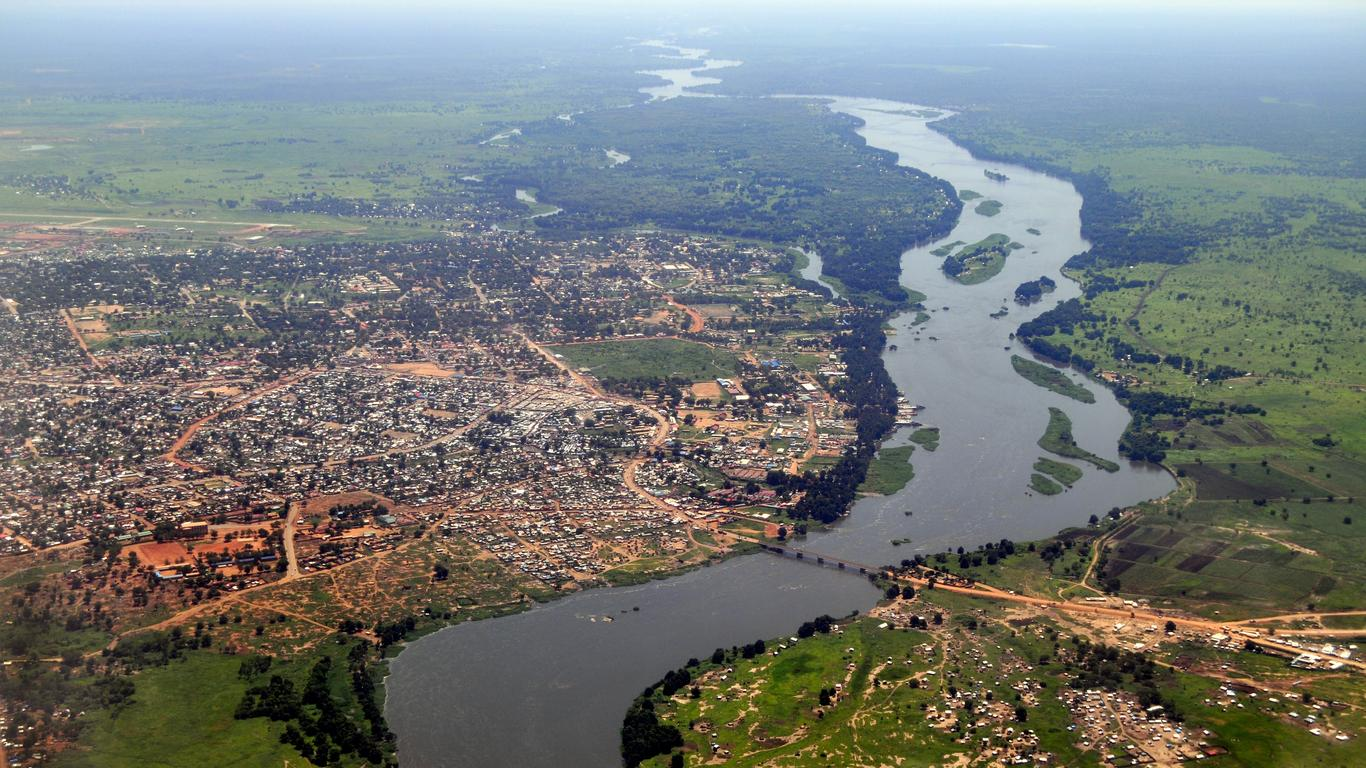South Sudan, located in East-Central Africa, is the world’s newest country, having gained independence from Sudan in 2011. This landlocked nation is characterized by its diverse cultures, vast landscapes, and significant natural resources. Despite its struggles with conflict and governance, South Sudan holds immense potential for growth and development, making it a unique destination for those interested in exploring its history, culture, and natural beauty.
Table of Contents
Geography
South Sudan spans an area of approximately 619,745 square kilometers, making it the 43rd largest country in the world. It shares borders with Sudan to the north, Ethiopia to the east, Kenya to the southeast, Uganda to the south, the Democratic Republic of the Congo to the southwest, and the Central African Republic to the west. The country’s topography is predominantly flat and includes a variety of landscapes, such as swamps, rivers, and grasslands.
The Nile River, which flows through South Sudan, is a crucial waterway for the country. The White Nile, one of its main tributaries, provides essential resources for agriculture and transportation. South Sudan is also home to significant wetlands, particularly in the Sudd region, one of the largest swamps in the world, which supports diverse wildlife and is critical for the local ecosystem.
The climate of South Sudan is characterized by a tropical savanna climate, with distinct wet and dry seasons. The wet season typically lasts from April to October, bringing heavy rainfall, while the dry season extends from November to March. This climate significantly influences agricultural practices and the livelihoods of many South Sudanese people.
States of South Sudan
South Sudan is divided into 10 states. Here’s a table of South Sudan’s 10 states along with their capitals:
| No. | State | Capital |
|---|---|---|
| 1 | Central Equatoria | Juba |
| 2 | Eastern Equatoria | Torit |
| 3 | Jonglei | Bor |
| 4 | Lakes | Rumbek |
| 5 | Northern Bahr el Ghazal | Aweil |
| 6 | Unity | Bentiu |
| 7 | Upper Nile | Malakal |
| 8 | Warrap | Kuajok |
| 9 | Western Bahr el Ghazal | Wau |
| 10 | Western Equatoria | Yambio |
History
The history of South Sudan is marked by a series of conflicts and struggles for independence. For centuries, the region has been home to various ethnic groups, each with its own distinct traditions and cultures. The arrival of European colonial powers in the late 19th century led to the imposition of foreign rule, which further complicated the dynamics between different ethnic communities. The British and Egyptians controlled the area, and their policies often marginalized the southern populations.
In the 20th century, tensions between the north and south of Sudan intensified, primarily due to religious, cultural, and economic differences. The First Sudanese Civil War (1955-1972) was a result of these tensions, leading to significant loss of life and displacement. Although a peace agreement was reached in 1972, conflicts resumed in the 1980s, culminating in the Second Sudanese Civil War (1983-2005). This war was characterized by brutal violence and humanitarian crises, displacing millions of people and causing widespread suffering.
The Comprehensive Peace Agreement, signed in 2005, granted the southern region autonomy and laid the groundwork for a referendum on independence. In January 2011, the people of South Sudan voted overwhelmingly in favor of independence, leading to the establishment of the Republic of South Sudan on July 9, 2011. However, the newly independent nation faced immediate challenges, including political instability and internal conflicts, which have persisted since its independence.
The aftermath of independence saw power struggles among political leaders, leading to a civil war that erupted in December 2013. This conflict has devastated the nation, leading to humanitarian crises and mass displacement. Efforts to achieve peace have been ongoing, with multiple agreements aimed at restoring stability and addressing the underlying issues.
Top Ten Must-Visit Destinations
1. Juba
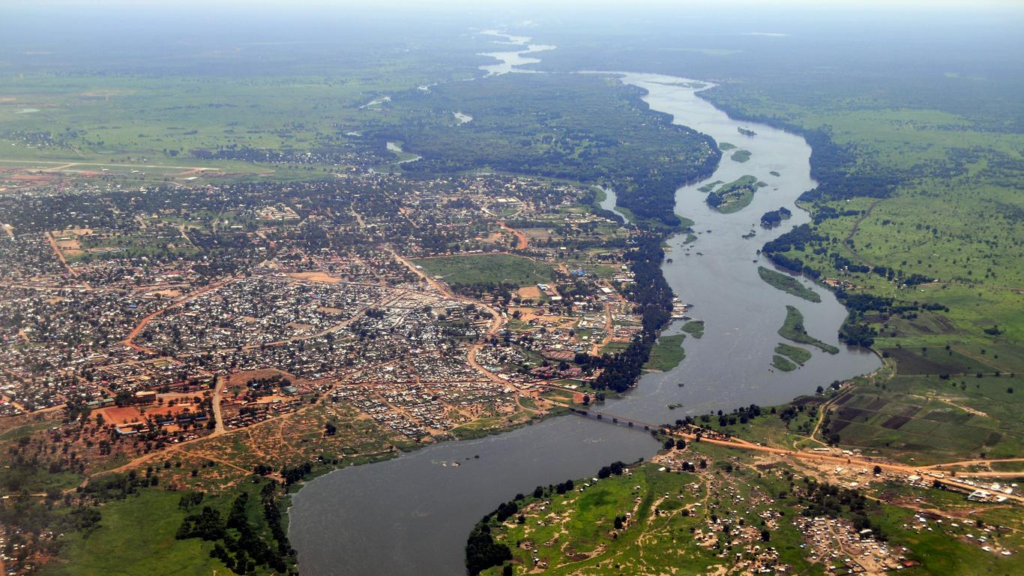
Juba, the capital and largest city of South Sudan, is a bustling urban center located on the banks of the White Nile. Visitors can explore the vibrant markets, enjoy local cuisine, and visit landmarks such as the John Garang Memorial and the Juba Bridge. The city serves as a hub for travelers and offers a glimpse into the daily life of South Sudanese people.
The John Garang Memorial is particularly significant, honoring the leader of the Sudan People’s Liberation Army (SPLA) who played a crucial role in the country’s struggle for independence. The memorial features a towering statue of Garang and serves as a symbol of hope and resilience for the South Sudanese people. Additionally, Juba’s lively markets, such as the Juba Market, offer a variety of goods, including fresh produce, textiles, and crafts, allowing visitors to experience the local culture firsthand.
2. Nimule National Park
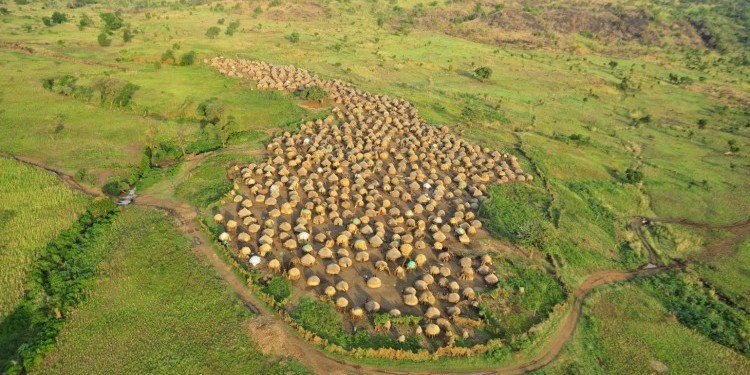
Nimule National Park, located near the border with Uganda, is known for its stunning landscapes and diverse wildlife. The park is home to various animal species, including elephants, giraffes, and antelopes. Visitors can enjoy guided safari tours and experience the beauty of the park’s natural surroundings.
Nimule is particularly famous for its breathtaking scenery, characterized by rolling hills and lush vegetation. The park’s rivers and wetlands provide a habitat for numerous bird species, making it a paradise for birdwatchers. Guided safaris offer visitors a chance to see wildlife up close and learn about the park’s ecology and conservation efforts.
3. Bor
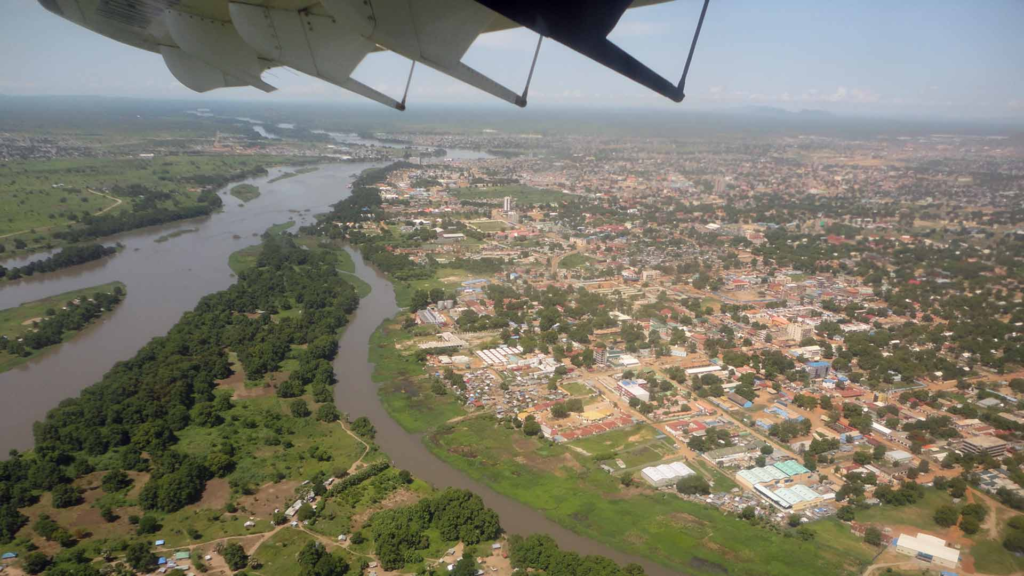
Bor, situated along the White Nile, is known for its historical significance and scenic beauty. The town is a cultural melting pot, and visitors can explore the local markets, traditional villages, and the picturesque riverbanks. Bor is also an important center for the Anuak people, who have a rich cultural heritage.
The town’s vibrant market is a hub of activity, where locals sell fresh produce, crafts, and traditional foods. Visitors can engage with the Anuak community and experience their unique customs and traditions. Additionally, the nearby riverbanks provide opportunities for leisurely walks and picnics, allowing visitors to relax and take in the natural beauty of the area.
4. Kapoeta
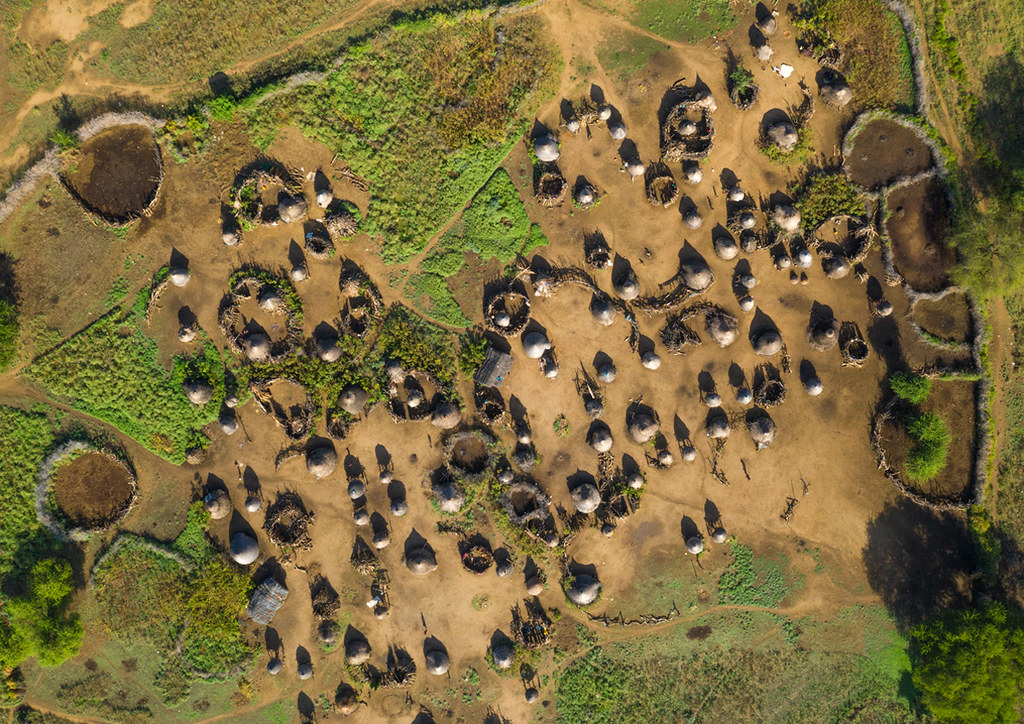
Kapoeta, located in the Eastern Equatoria region, is famous for its breathtaking landscapes and cultural diversity. The town is surrounded by hills and is an excellent destination for hiking and exploring traditional Dinka villages. Visitors can immerse themselves in the local culture and enjoy the warmth of the South Sudanese people.
Kapoeta’s stunning landscapes include rolling hills and valleys, providing ample opportunities for outdoor activities. The town is also known for its vibrant cultural festivals, where visitors can witness traditional dances, music, and crafts. Engaging with the local community allows travelers to gain insights into the daily lives and customs of the Dinka people.
5. Lake Victoria
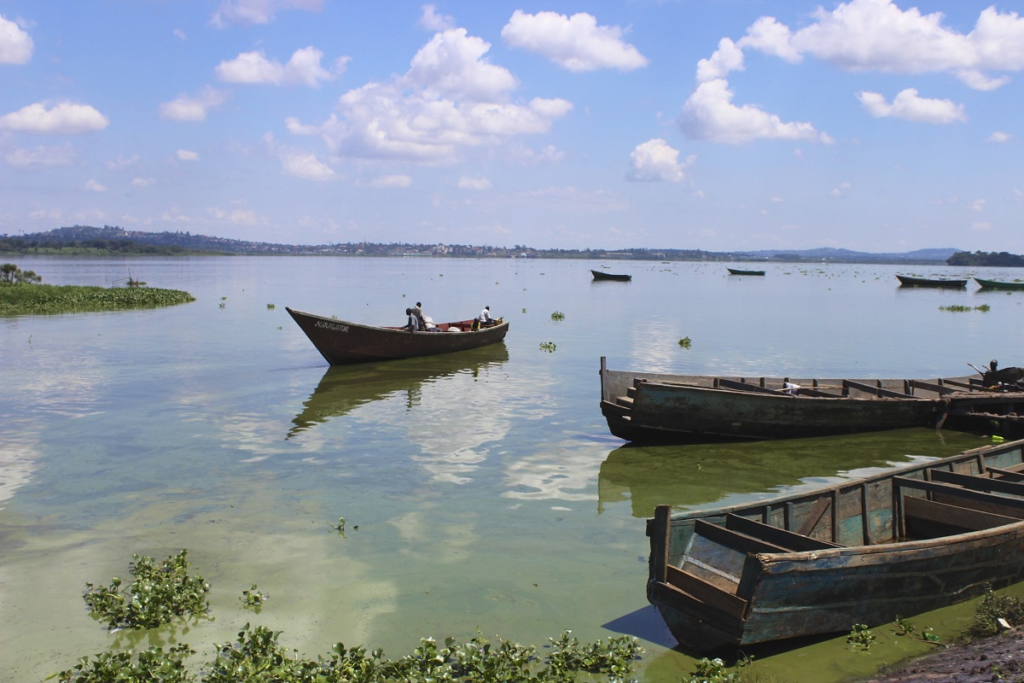
Although primarily located in neighboring countries, Lake Victoria’s shores extend into South Sudan. The lake is the largest in Africa and offers opportunities for fishing, boating, and birdwatching. Visitors can enjoy the scenic beauty of the lake and experience the local fishing communities.
The lake’s shores are dotted with small fishing villages, where visitors can interact with local fishermen and learn about their traditional fishing practices. Boating excursions on the lake provide a chance to explore its islands and enjoy the stunning sunsets. Birdwatching enthusiasts will also appreciate the diverse birdlife that inhabits the area.
6. Wau
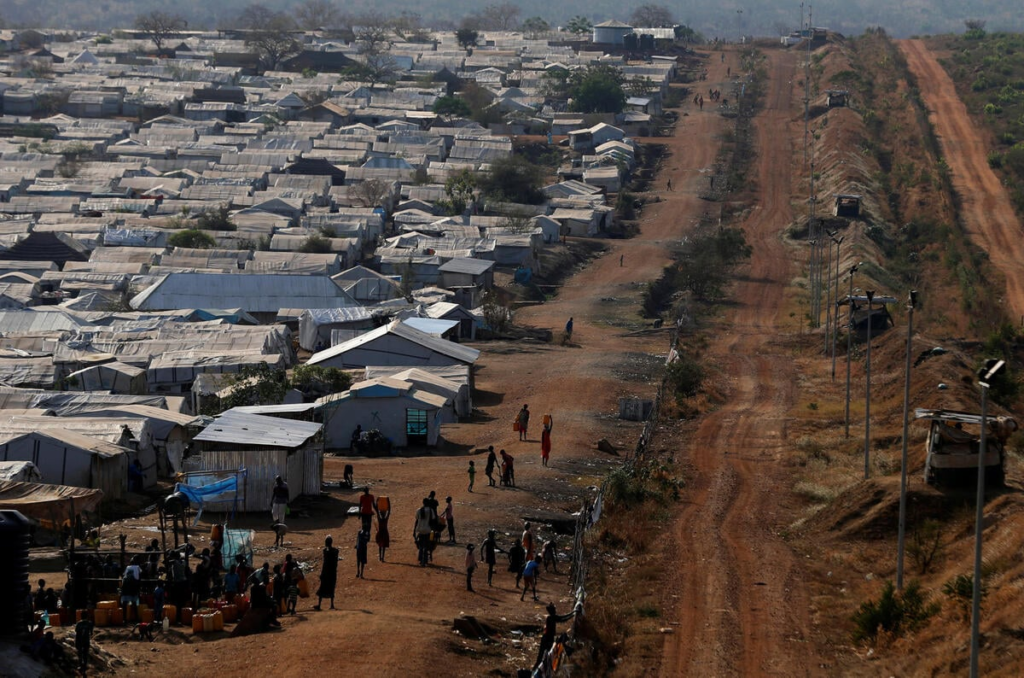
Wau is a city known for its rich history and cultural heritage. Visitors can explore the traditional mud-brick houses and learn about the local customs and traditions of the various ethnic groups in the region. Wau is also home to several historical sites, including old churches and mosques.
The city’s historical significance is reflected in its architecture and cultural practices. Visitors can take guided tours to discover the stories behind the buildings and interact with local artisans who create traditional crafts. Wau’s vibrant markets offer a glimpse into the daily lives of its residents, showcasing the region’s agricultural products and handmade goods.
7. Rumbek

Rumbek, the capital of Lakes State, is known for its unique architecture and cultural significance. The town features traditional Dinka villages and is famous for its cattle herding culture. Visitors can participate in local festivals and events that showcase the vibrant traditions of the Dinka people.
Rumbek’s architecture includes traditional Dinka homes, often constructed from mud and thatch. The town hosts various cultural events, including cattle ceremonies and traditional dances, providing visitors with a unique opportunity to witness the Dinka way of life. Engaging with local communities allows travelers to appreciate the significance of cattle in Dinka culture and the role it plays in their social structure.
8. Malakal

Malakal, located on the banks of the White Nile, is known for its strategic importance and rich cultural diversity. The city has a vibrant marketplace and serves as a trade hub for the region. Visitors can explore the local culture and enjoy the picturesque views along the river.
Malakal’s market is a lively space where traders sell a variety of goods, including textiles, food, and crafts. The city’s strategic location makes it a melting pot of cultures, with various ethnic groups coexisting and sharing their traditions. The riverbanks provide a scenic backdrop for leisurely strolls, allowing visitors to appreciate the natural beauty of the area.
9. Yei

Yei is a town known for its lush landscapes and agricultural activities. The surrounding area is rich in flora and fauna, making it a great destination for nature lovers. Visitors can explore nearby national parks and engage with local farming communities.
Yei’s agricultural practices are diverse, with local farmers cultivating crops such as cassava, maize, and groundnuts. Visitors can participate in community-based agriculture projects and learn about sustainable farming methods. The region’s natural beauty, including forests and rivers, provides opportunities for outdoor activities such as hiking and birdwatching.
10. The Sudd
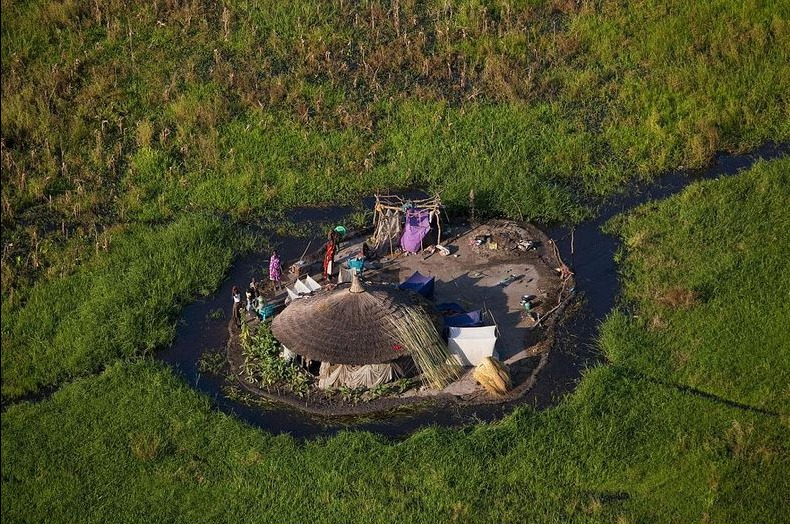
The Sudd, one of the largest wetlands in the world, is located in South Sudan and is known for its unique biodiversity. This vast swamp is home to various wildlife species, including hippos, crocodiles, and numerous bird species. Guided tours provide an opportunity to explore the stunning landscapes and learn about the ecological significance of the Sudd.
The Sudd’s intricate network of waterways and marshes creates a rich habitat for wildlife and supports the livelihoods of local communities. Visitors can embark on guided boat tours to navigate the wetlands and observe the diverse ecosystems. The Sudd is also a critical area for migratory birds, attracting birdwatchers and nature enthusiasts alike.
Culture
The culture of South Sudan is a vibrant tapestry woven from the traditions and customs of its various ethnic groups. With over 60 distinct ethnic communities, each with its own language, traditions, and practices, the cultural diversity is immense. The most prominent groups include the Dinka, Nuer, Shilluk, and Azande, each contributing to the rich cultural heritage of the nation.
Language plays a vital role in the cultural identity of South Sudan. While English is the official language, Arabic and various indigenous languages are widely spoken, reflecting the country’s diverse linguistic landscape. Traditional storytelling, music, and dance are integral to the cultural expressions of South Sudanese people. Storytelling, in particular, serves as a means of passing down history, values, and moral lessons from one generation to another.
Traditional ceremonies and rituals are significant aspects of South Sudanese culture, often marking important life events such as birth, marriage, and initiation into adulthood. These ceremonies typically involve music, dance, and communal gatherings, showcasing the vibrant cultural practices of the different ethnic groups. Cattle are central to many traditions, symbolizing wealth and status, and play a crucial role in social gatherings and celebrations.
Festivals
Festivals in South Sudan are lively celebrations that reflect the rich cultural heritage of the country. These events often involve traditional music, dance, and feasting, bringing communities together in a spirit of unity and joy. One of the most significant festivals is the “Cattle Camp Festival,” celebrated by the Dinka and Nuer communities, where cattle herders showcase their livestock and engage in traditional competitions.
Another notable festival is the “Juba Festival,” which celebrates the diverse cultures of South Sudan through performances, art exhibitions, and cultural displays. This festival serves as a platform for artists and performers to share their talents and promote cultural exchange among different communities.
Additionally, many ethnic groups hold annual celebrations honoring their ancestors and cultural heritage. These festivals provide opportunities for social gatherings, allowing families and friends to come together and strengthen their bonds while showcasing the vibrant traditions of South Sudan.
Economy
South Sudan’s economy is primarily based on agriculture and natural resources, with oil production playing a significant role in its economic landscape. The country is rich in oil reserves, which account for the majority of its revenue and foreign exchange earnings. However, the reliance on oil has made the economy vulnerable to fluctuations in global oil prices and ongoing conflicts that disrupt production and distribution.
Agriculture is the backbone of the economy, employing a large portion of the population. Subsistence farming is prevalent, with many families relying on crops such as sorghum, millet, and cassava for their livelihoods. The fertile lands along the Nile River provide opportunities for irrigation and crop cultivation, but challenges such as insecurity and lack of infrastructure hinder agricultural development.
In addition to oil and agriculture, South Sudan has potential in sectors such as tourism, mining, and fishing. The country’s rich cultural heritage, diverse landscapes, and wildlife present opportunities for eco-tourism and cultural tourism. However, the ongoing challenges of conflict and governance need to be addressed for the economy to fully realize its potential.
Cuisine
South Sudanese cuisine is a reflection of the country’s diverse cultures and traditions. Staple foods include sorghum, millet, and maize, often prepared as porridge or served with stews. One of the most popular dishes is “asida,” a type of porridge made from sorghum flour and served with various sauces.
Meat, particularly beef and chicken, is a central component of many meals, often grilled or cooked in stews. Cattle hold cultural significance, and meat is typically reserved for special occasions and celebrations. Fish is also consumed, especially in regions near rivers and lakes, providing a valuable source of protein for local communities.
Vegetables and legumes are incorporated into meals, with common ingredients including okra, pumpkin, and beans. Traditional spices and herbs add flavor to dishes, reflecting the culinary diversity of the region. Social gatherings often involve communal meals, where families and friends come together to share food and strengthen their bonds.
Top Eight Most Famous Food of Sudan
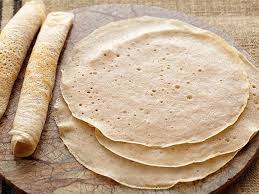

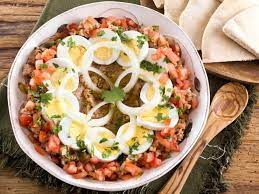
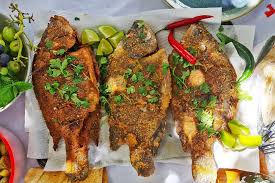
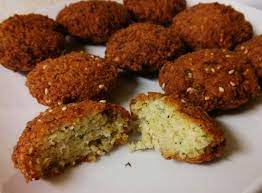
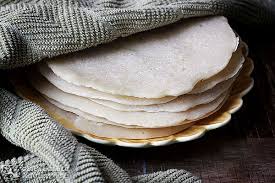


Interesting Facts
- South Sudan is the youngest country in the world, gaining independence in 2011.
- The Nile River is one of the primary waterways in South Sudan, providing essential resources for agriculture.
- The country has over 60 ethnic groups, each with its own unique traditions and languages.
- Cattle are highly valued in South Sudanese culture, symbolizing wealth and status.
- The Sudd is one of the largest wetlands in the world and is home to diverse wildlife.
- English is the official language, but Arabic and indigenous languages are widely spoken.
- Traditional music and dance are integral to South Sudanese culture and celebrations.
- Agriculture is the backbone of the economy, with most people relying on subsistence farming.
- The country has significant oil reserves, which play a crucial role in its economy.
- South Sudan is known for its vibrant cultural festivals, showcasing its rich heritage.
Conclusion
South Sudan is a country rich in culture, history, and natural beauty. As the youngest nation in the world, it continues to navigate the complexities of nation-building while celebrating its diverse heritage. With a wealth of resources and a vibrant cultural landscape, South Sudan offers unique opportunities for exploration and understanding. By embracing its challenges and potential, South Sudan strives for a brighter future for its people and a place on the world stage.

